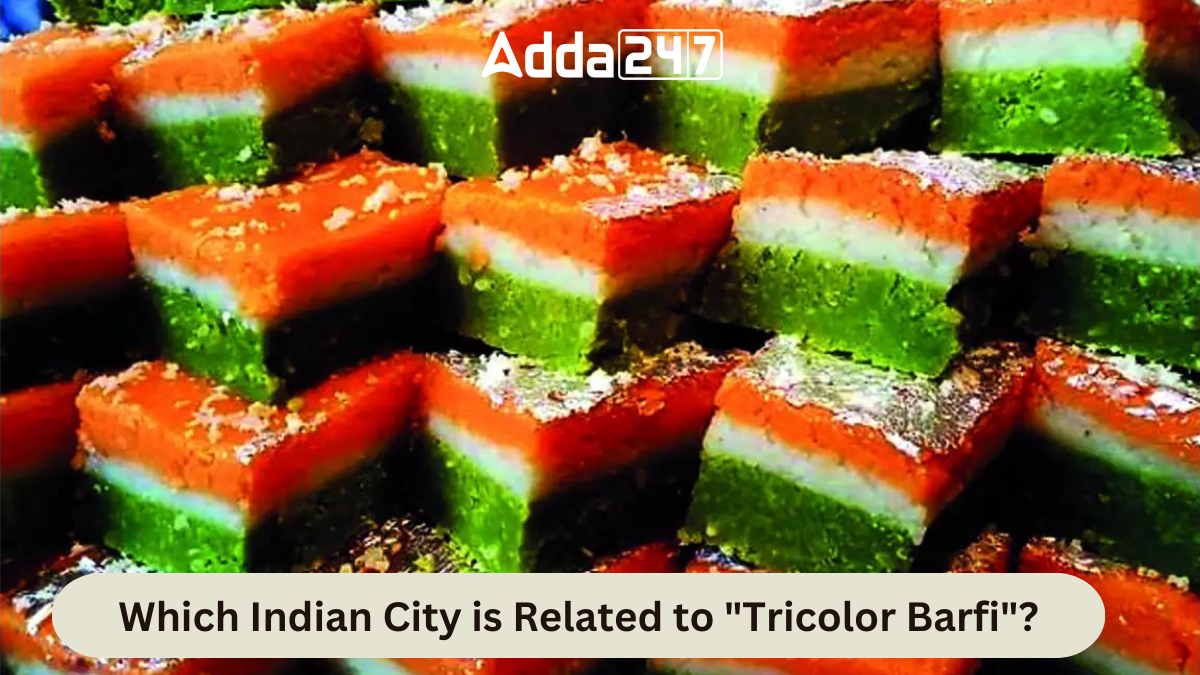Indians have an insatiable appetite for sweets, making confectioneries a cherished part of our culture. Among the myriad of sweet treats found across India, Tricolor Barfi holds a special place due to its unique history. Originating from the city of Varanasi, this sweet delicacy is more than just a dessert—it is a symbol of India’s struggle for independence.
What is Tricolor Barfi?
Tricolor Barfi, as the name suggests, is a sweet made from three distinct layers representing the colors of the Indian national flag—saffron, white, and green. Saffron is achieved using saffron strands, white with the use of khoa (solidified milk), and green with pistachios. This combination results in a visually appealing and delicious confectionery.
Historical Significance of Tricolor Barfi
The roots of Tricolor Barfi are intertwined with India’s quest for freedom. During the freedom struggle, freedom fighters used Tricolor Barfi as a means to convey secret messages. By using the colors of the national flag, they encoded messages within the sweet layers, enabling them to communicate covertly without arousing suspicion from British authorities.
City of Varanasi – The Birthplace of Tricolor Barfi
Varanasi, located in the state of Uttar Pradesh, holds the distinction of being the birthplace of Tricolor Barfi. This ancient city, steeped in history and culture, is renowned for its rich culinary heritage. Today, Varanasi continues to uphold the tradition of making Tricolor Barfi, preserving its historical significance and culinary legacy.
Tricolor Barfi – Recognition and Importance
Recently, Tricolor Barfi from Varanasi received a prestigious Geographical Indication (GI) tag, further solidifying its significance. Varanasi now boasts the highest number of GI-tagged products in Uttar Pradesh, with 58 cultural and 17 agricultural food items. This recognition not only celebrates the city’s culinary prowess but also honors its contribution to India’s cultural heritage.




 Which Country is Known as the Land of Ch...
Which Country is Known as the Land of Ch...
 Which Bird is known as the King of Birds...
Which Bird is known as the King of Birds...
 Which City of Austria is Known as the Ci...
Which City of Austria is Known as the Ci...







